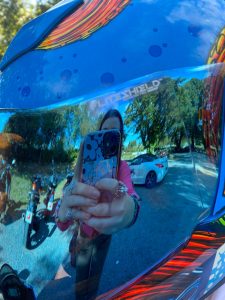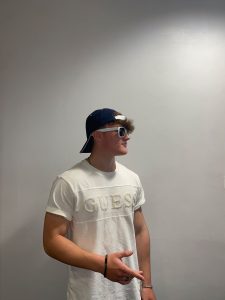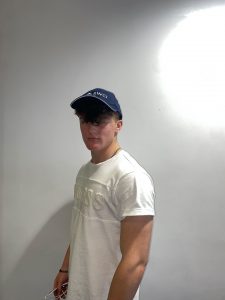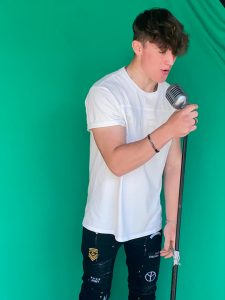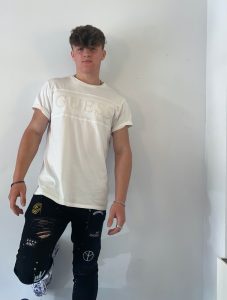Everyone in the world has different interest, beliefs, ages, genders and personality traits meaning we will all reach for different magazines with alternative messages and celebrities. These magazines will also have been made to attract these certain people, this is audience segmentation. When creating a magazine, every publisher will have a target audience with specific demographics and psychographics. A demographic is the things about a person that technically cannot be changed e.g. gender, age; whereas the psychographic are things about a person that might be more fluid e.g. interests, personality, values, beliefs. In my detailed analysis of a magazine cover above I have chosen a person I know who might read this magazine and thought about what their demographic and psychographic is whilst also taking connotations from the magazine cover itself to understand what the readers’ beliefs and values might be. Each technical design convention is specific to the message being sent by the magazine cover, in this case the message is acceptance and equality regarding the LGBTQ+ and BLM community. This message is implied by the rainbow colour theme and raised fist along with the powerful and bold graffiti which represents the powerful individuals who have had to and will continue to fight for decades to gain equality.
When I analysed the front cover of this billboard magazine I learnt how everything from the colour scheme to the words and phrases used in cover lines are crucial when targeting a certain audience. The design features are always manipulated to catch a certain type of person’s eye. When I create my music magazine I will choose one specific demographic and psychographic then influence every detail to engage this target audience. I will carefully choose a colour scheme and fonts with the correct connotations to keep my readers engaged and interested.





